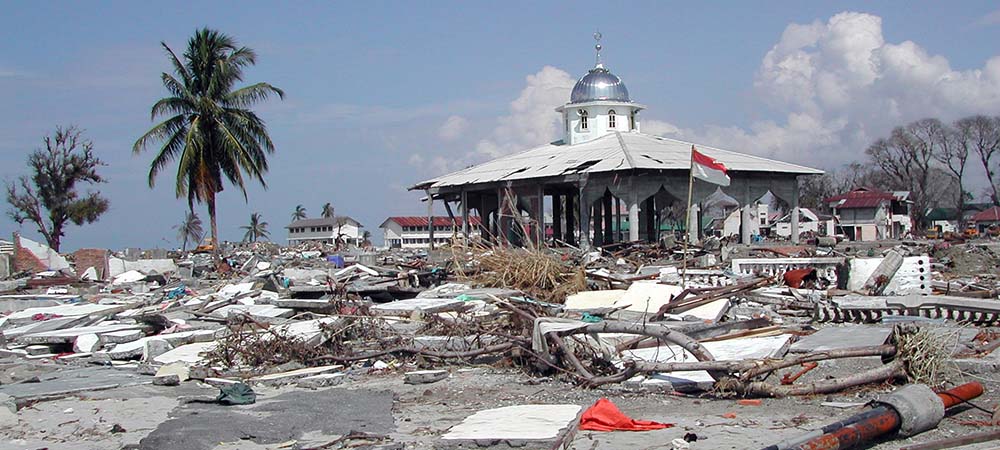UNAIR NEWS – Recently, Indonesia is often hit by disasters, especially natural disasters, such as earthquakes. It requires us as a society to be more alert and ready to face it.
UNAIR Disaster Management expert Dr. Arief Hargono, Drg., M.Kes, explained that Indonesia, geographically, is surrounded by three active tectonic plates and active volcanoes, part of the fire ring. It makes Indonesia a disaster-prone country. The residents of Indonesia must have a good understanding, awareness, preparedness, and resilience in dealing with disasters.
“The family is a strategic component and one of the focuses in disaster management. Families must have a good understanding of disaster risk, introduction to disaster safe houses, ability in family planning for disaster preparedness, and awareness of disaster early warning and independent evacuation,” said Arief on Friday, May 28, 2021.
As the government’s representative, the National Disaster Management Agency (BNPB) is currently developing the Disaster Resilient Family (KATANA) program which aims to educate families about disaster threats, risks and know how to avoid and prevent disasters.
Furthermore, Arief explained that disaster anticipation is not done only when the disaster occurs but carried out in a multi-sectoral and comprehensive manner. It includes environmental conservation, earthquake-resistant buildings, development of warnings based on local wisdom, disaster risk analysis and policy aspects supporting disaster preparedness efforts.
Furthermore, he explained disaster warnings could be relayed through traditional tools such as gongs and loudspeakers in houses of worship as well as through sophisticated ones such as inaRISK developed by BNPB. Tools like tide gauges can also be installed in tsunami-prone locations.
“Community awareness is very important in this disaster warning. If you have a gadget, you should install a disaster information application,” he said.
Arief also shared tips for people living in disaster-prone areas. He advised the public to recognize the risk of disasters that could potentially occur in their residential areas.
“The community needs to determine evacuation routes, gathering points, and prepare disaster preparedness bags containing packages of basic necessities. The community must also ensure that they have the ability and facilities to receive early warning information, as well as record important numbers,” he explained.
Furthermore, individuals must also recognize their place that can be used as protection and avoid parts of the house with higher risk during a disaster. People who live in earthquake-prone areas should build an earthquake-safe house, commonly called retrofitting. It is the process of modifying buildings that are strong enough to bear earthquake loads, built to be safe, solid and following harmonious rules and techniques with nature.
“Spatial planning also needs to be considered. For example, keep tall cabinets and glassware away from the bed, do not put heavy objects on top of the cupboard. And for those who have families with disabilities, they are obliged to prepare and put the tools needed so that they are easy and fast to carry when a disaster occurs,” he said. (*)
Author: Alysa Intan Santika
Editor: Nuri Hermawan





